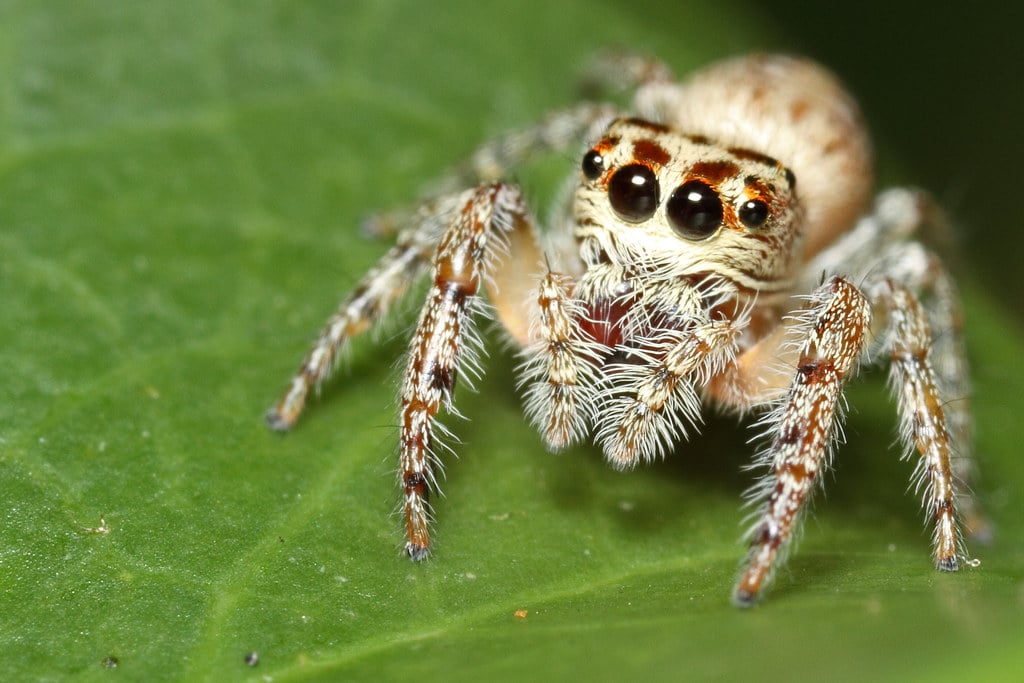As natives to Australia, bearded dragons are the type of lizards that normally change their sex while still in the eggs, depending on their environment and temperature. According to researchers, there are male bearded dragons that are mating, acting, and giving birth to newborns, just like the females. While these dragons have eight different species, all of them are cold-blooded.
Bearded dragons originated from Australia, but because of their curious & interesting nature, they are being kept as pets all over the world. Both the males and the females use their beards to show aggression and to communicate with each other. Also, depending on the individuals’ needs and emotions, their beards can get bigger and change colors.
How they change their gender?
As compared to other animals, bearded dragons’ gender is not only unique but also amazing. Did you know that these dragons change their gender while still in the eggs? Yes, that’s true. Unlike humans that rely on chromosome-based gender determinations, reptile sex is normally determined by both the temperature and chromosomes. This means that based on the outside temperature, a fertilized egg can either become male or female. However, for bearded dragons, this process is even more complex.

According to researchers at the University of Canberra in Australia, some bearded dragons’ chromosomes were not matching up with their sexes. Although the chromosomes showed that they were males, the lizards were presenting themselves as females. Even more surprisingly, while they were males, they could give birth just as females.
Scientists have also found out that these ‘male-to-female’ lizards are producing almost two times as many eggs as the normal females thus potentially making the next generation of the lizards to be even stronger and better. Although scientists are still researching why this is happening, they are quite confident that it’s linked to the temperature.
But are they the only animals that experience this?
The answer is no. While they are the only animals that have been recorded, there are several other animals that alter their gender depending on the temperature, circumstance, and a range of other factors. Examples of such animals include green sea turtles whose genders are determined by






